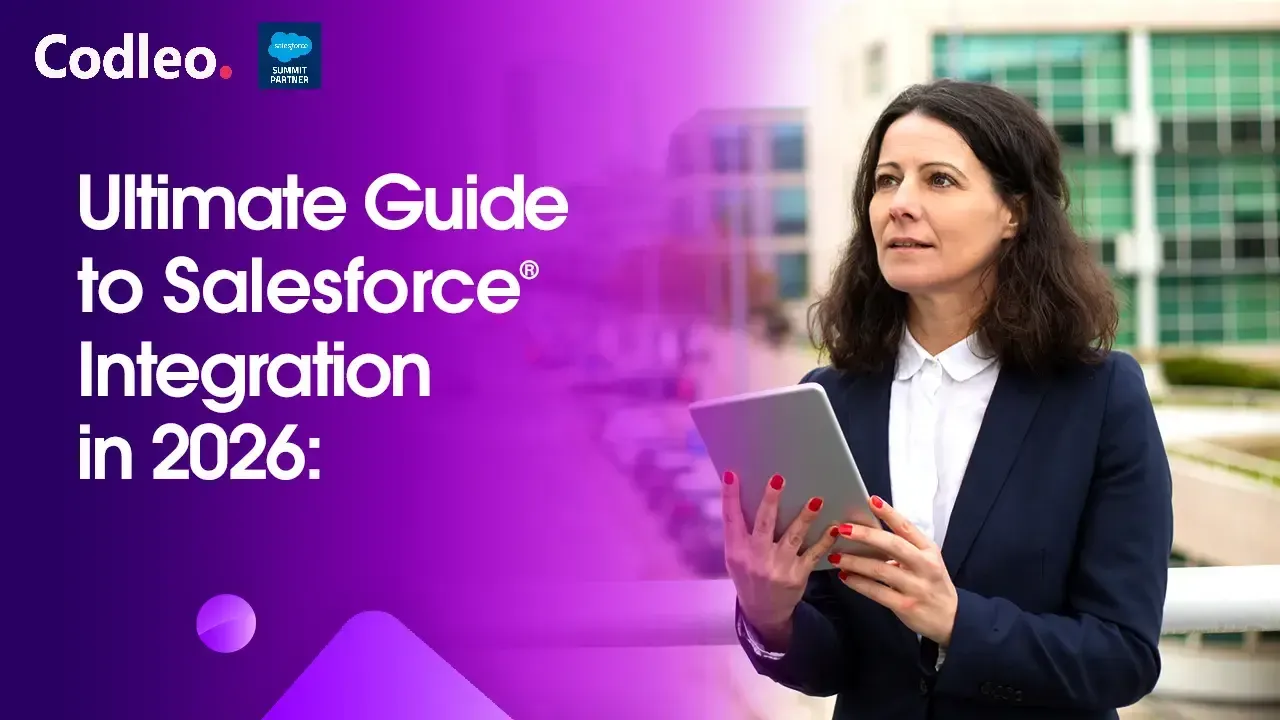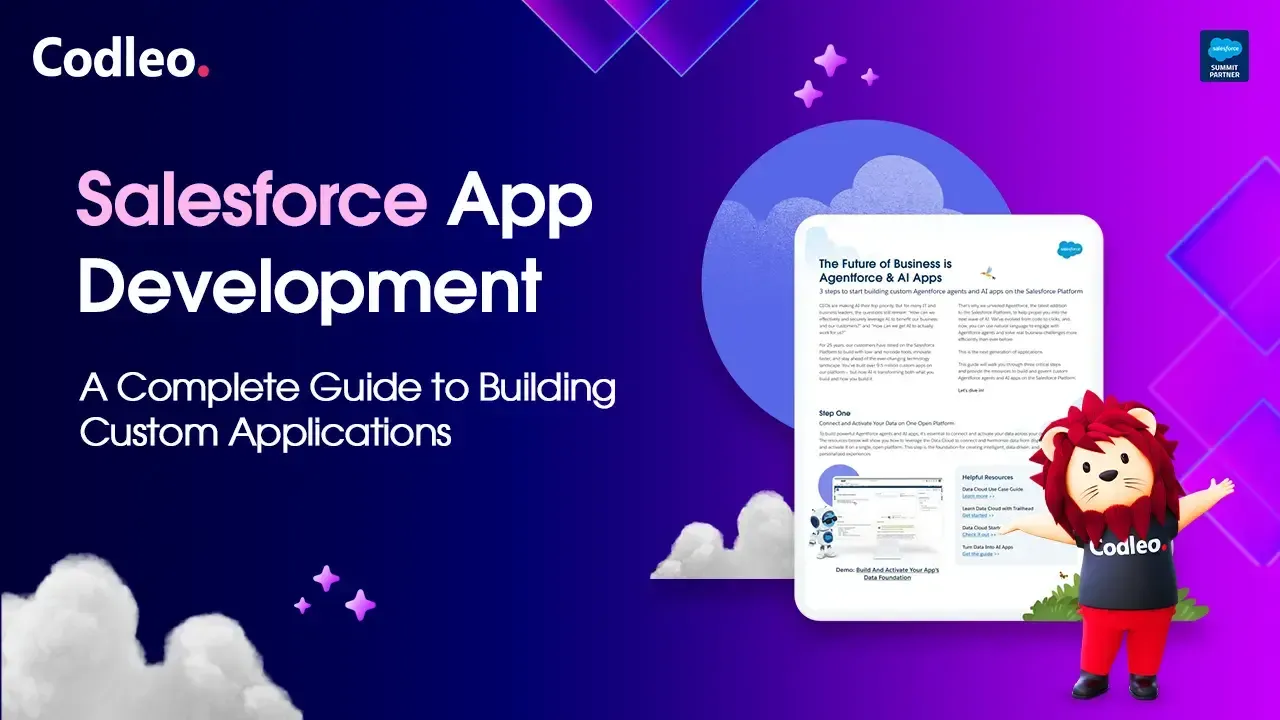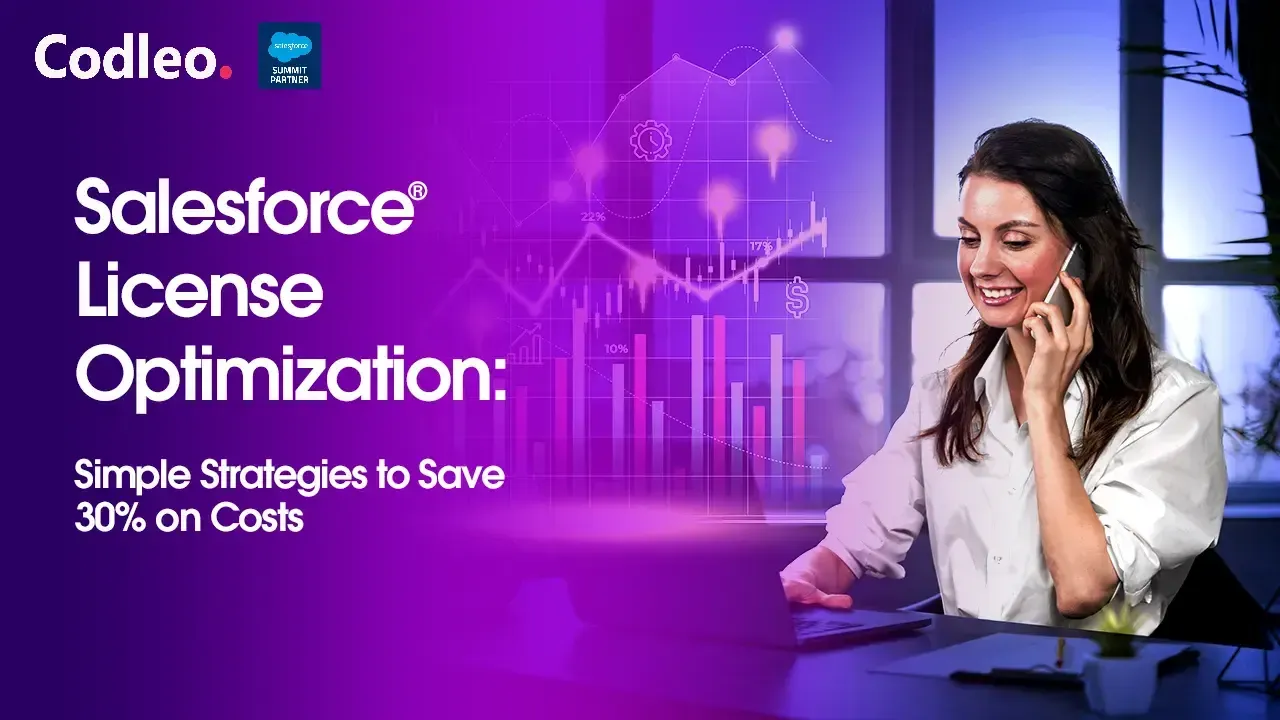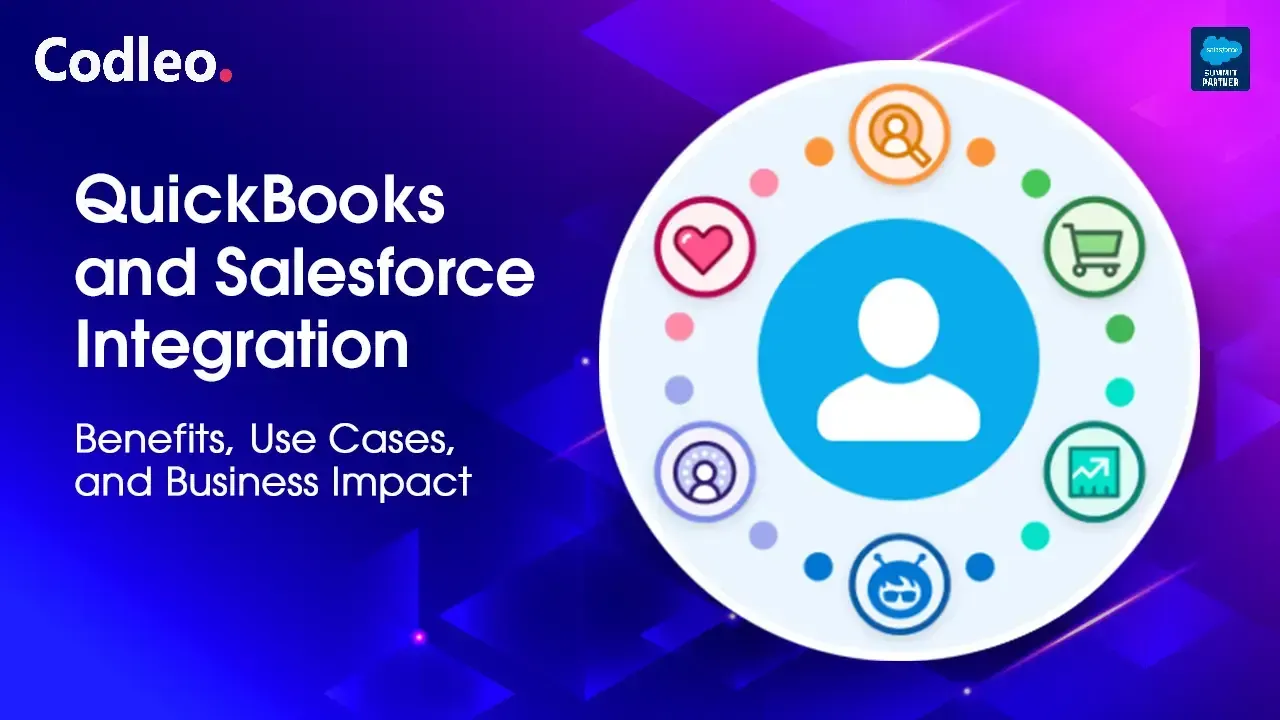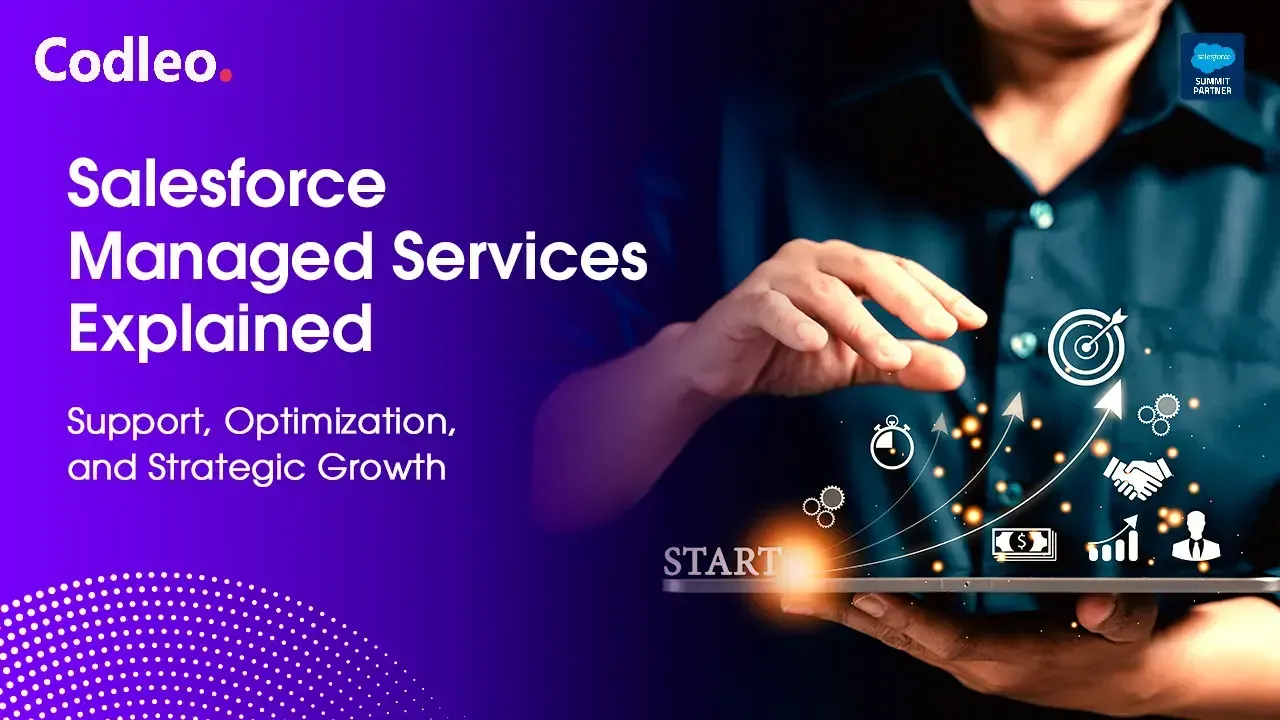Publish date:
In the 21st-century digital landscape, businesses are constantly finding innovative ways to upgrade user experiences, optimise processes, and drive growth. An important transformation in the Salesforce multiverse is the move from the Classic to the Lightning Experience, which is the need of the hour.
Understanding Salesforce Lightning Migration:
Salesforce Lightning Experience constitutes an important jump ahead in terms of interface design, productivity, and capabilities. However, the shift from Classic to Lightning calls for careful planning & deployment. Codleo Consulting, experts in Salesforce services, provides customised Salesforce Lightning upgrade services that address businesses' special requirements, ensuring a smooth transition while maintaining current information, personalisations, and integrations.
The Benefits of Salesforce Lightning Experience:
Before diving deep into the migration process, it's important to comprehend the advantages that Salesforce Lightning Experience brings to the table. These include a superior user interface and more productivity with features like customizable home pages, Lightning App Builder, and optimised navigation. Plus, the Lightning Experience paves the way for future upgrades & innovations, making it an important move for businesses wanting to stay competitive.
The Codleo Approach to Lightning Migration:
Codleo Consulting's approach to Salesforce Lightning Migration is defined by careful planning & strategic execution. The journey starts with a detailed analysis of the current Salesforce Classic setup, listing elements that require migration & expected enhancements. With a large pool of experienced experts, Codleo delivers a seamless migration by reviewing data structures, custom code, and integrations to ensure in-sync with Lightning Experience.
Tailoring Solutions with Salesforce Lightning Upgrade Services:
Codleo's Salesforce Lightning migration services are curated to deal with different business needs. Whether it's information transformation, custom Lightning component development, or integration adjustments, Codleo offers customised solutions that meet the company’s goals, leading to a smooth migration journey.
Unlocking enhanced user experiences:
Salesforce Lightning Experience reveals dynamic features that improve user engagement & client delight. Codleo Consulting shines a torch on the Lightning App Builder, allowing companies to design personalised applications and pages without code. This allows users to work in an efficient & productive manner.
Seamless Data Migration and User Training:
No tech project is successful unless it’s adopted by the users. To ensure the same, it's important to deliver engaging and relevant user training sessions that are relevant to departments and users.
Choosing the Best Salesforce Partners:
In a journey as important as Lightning Migration, selecting the best partner is critical. Codleo Consulting is among the best Salesforce partners, with a superior history of successful Salesforce projects in its kitty. Their in-depth comprehension of the platform, commitment to excellence, and customised approach make them ideal partners in this journey.
Conclusion:
Salesforce Lightning Migration is an important move towards enhancing user experiences and fueling business growth. With Codleo Consulting as a Salesforce partner, companies can manage this transition with Elan. Through customised solutions, expert guidance, and superior service, Codleo assures that the Salesforce Lightning Migration is a transformative journey that paves the way for continuous success. As the business landscape changes with time, adapting to changes with a partner like Codleo Consulting ensures that companies are equipped for the future and embrace it with open arms.






